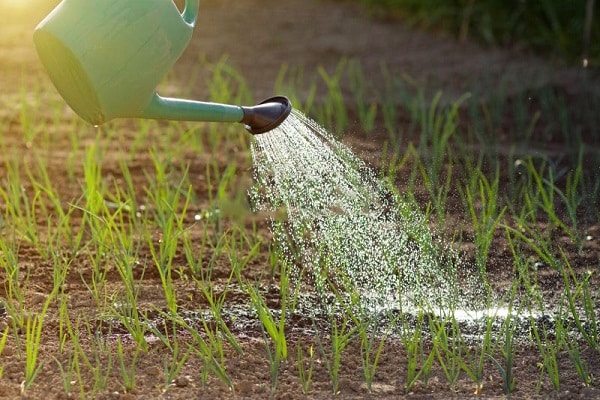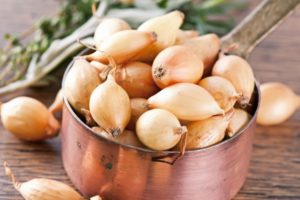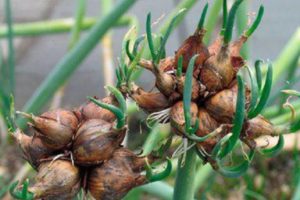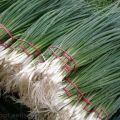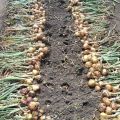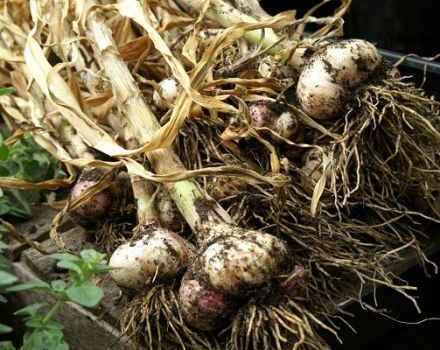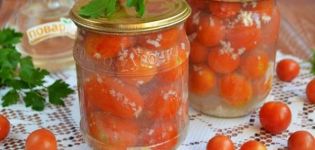Planting and caring for green onions, its diseases and their treatment
There is a wide variety of green onion diseases, and the quality and benefits of the harvest will depend on their correct treatment. The fight against fungal and viral infections is long and difficult, so it is better to do disease prevention on time. Knowing the first signs of the onset of the disease, you can prevent the mass spread of the pathogen.
The most common varieties of onions
A popular type of onion grown for feathers is batun (Ural family, Seryozha, Semiletka, Maisky). It has a well-developed ground part, the feather is thin and can reach 1 meter in length. Greens contain much more nutrients than onion feathers.
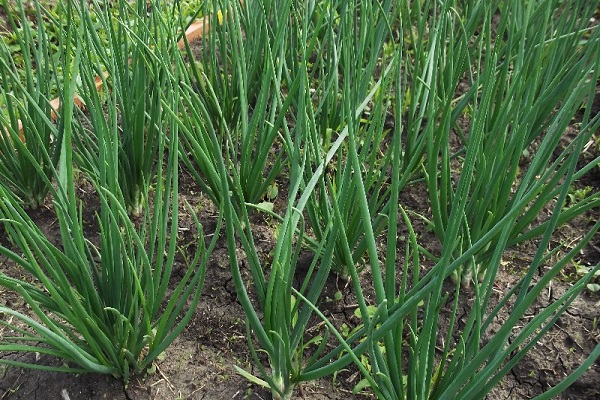
You can plant bulbs or sow seeds. Planting begins in early May. The bulbs are planted to a depth of 3 cm. In July, you can cut the greens, and after a while they will grow again. Since the batun has been growing in one place for several years, the next year the first harvest can be harvested after a month.
Schnitt onions are also grown for the sake of greenery. Long narrow leaves with a strong odor can grow up to 50 cm. A small bulb can also form, which is also used for food. Such varieties are known as Bohemia, Lilac ringing, Chemal, Medonos.
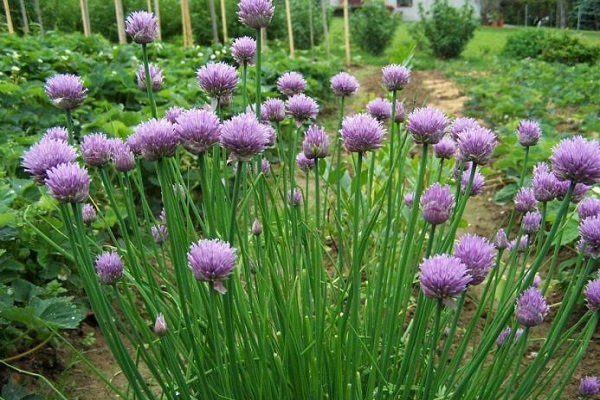
Leeks form delicate and fragrant feathers, flat like garlic leaves that fan out. The bulb is absent, but there is a thick, white stem. Popular varieties include: Vesta, Columbus, Elephant, Casimir, Alligator.
Shallots allow you to cut the greens several times throughout the season. Recommended varieties are Afonya, Aristocratic, Starorussky, Leader, Green, Dwarf.
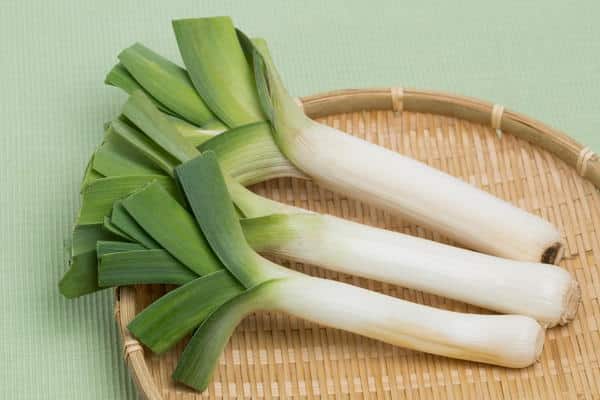
You can also get greens from onions. For this, medium-sized turnips are selected. For these purposes, the following varieties are better suited: Union, Strigunovsky, Rostovsky, Bessonovsky.
They begin to plant turnips or onion seeds on greens at the end of April, but on condition that the soil has warmed up to +12 degrees. The first harvest can be harvested in the middle of summer. If you plan to collect fresh herbs in the spring, then the seeds can be sown in the middle of summer.
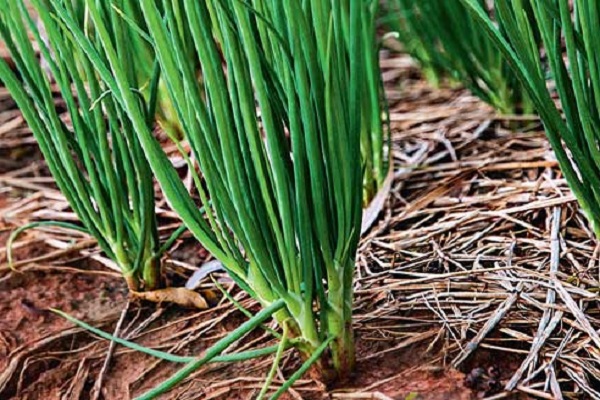
How to grow onions for herbs in open soil?
Onions on a green feather can be grown from both sets and seeds. You can plant a vegetable tightly to each other or, keeping a distance of 3 cm. A dense planting does not allow the bulb to form, and all forces are directed to forcing a green feather.
The process of growing onions on a feather begins with proper preparation of the planting material. Most often, turnip onions are used. Choose medium-sized bulbs (3 cm in diameter and weigh no more than 45 g). The selected healthy planting material is dense, without damage, stains and dents. Excess husks are cleaned from them.
The process of heating and disinfection will help protect the future crop from viruses. It is recommended to warm the bulbs at a temperature of +40 degrees for 8 hours. After that, hold in a weak solution of potassium permanganate or salt.
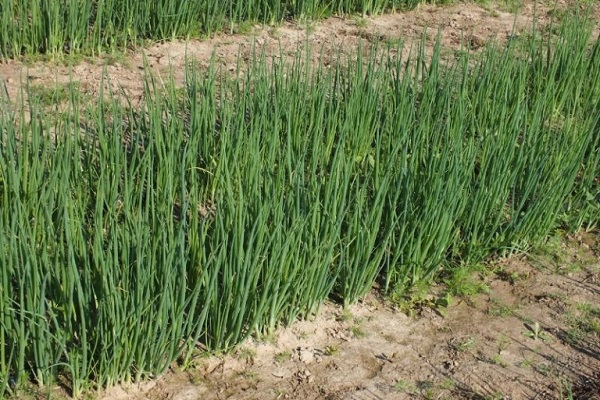
What do you need to fear?
When planting onions on a feather, you need to be prepared for the fact that diseases and pests may appear. They often cause complete crop loss. To prevent this from happening, you need to know the main signs of a problem and try to prevent further development.
The green feathers of plants affected by the fungus must not be cut off for use as food. If individual bulbs with signs of damage appear on the garden bed, they must be removed, and the rest of the greens must be cut off and dried at temperatures above 50 degrees. This will destroy pathogens.
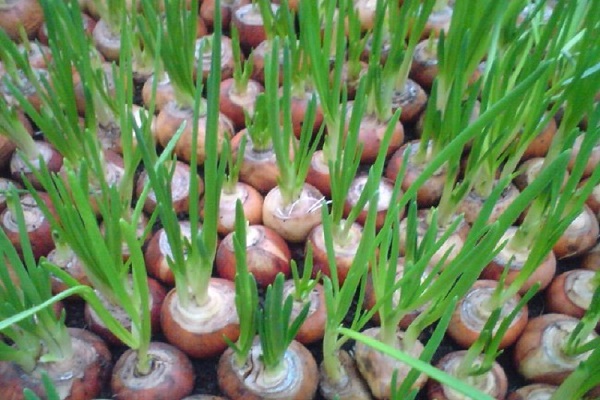
Diseases
The cultivation of green onions begins with preparatory work aimed at destroying pathogenic flora. Under favorable conditions, fungi are activated and lead to the death of the crop.
The most common infections of green onions include rust, peronosporosis, mosaic. Each disease has its own distinctive features.
Onion rust is a fungal disease that can affect all types of onions... Oval, slightly convex yellow spots form on the leaves. As the disease develops, feathers stop growing, they dry out and die off. Rust is favored by wet weather and over-watering, as well as excess nitrogen.
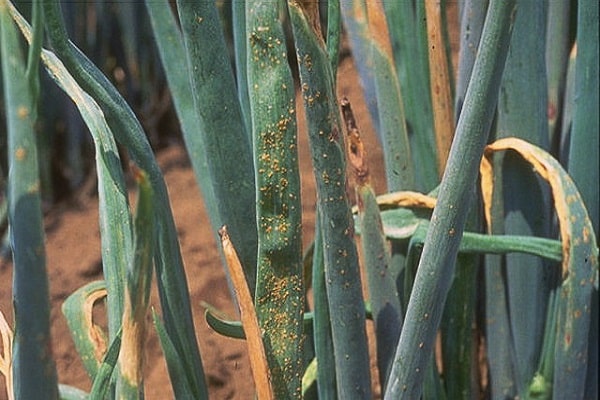
Powdery mildew (downy mildew) is a fungal disease. This disease spreads very quickly and destroys the entire crop. Yellow spots appear on the leaves, a little later, gray-purple spores appear. Plaque is especially noticeable in the morning, after dew. Over time, the spots increase, and all feathers turn yellow, dry out.
Peronosporosis develops in conditions of high humidity, lack of fresh air due to too dense plantings, insufficient supply of solar heat and light.
The disease is treated with folk remedies based on wood ash, milk whey. After using chemicals, you cannot eat greens. It is necessary to reduce the number of waterings and remove nitrogen fertilization. At the same time, they provide the plant with a sufficient amount of potassium and phosphorus. It is these components that help fight disease.
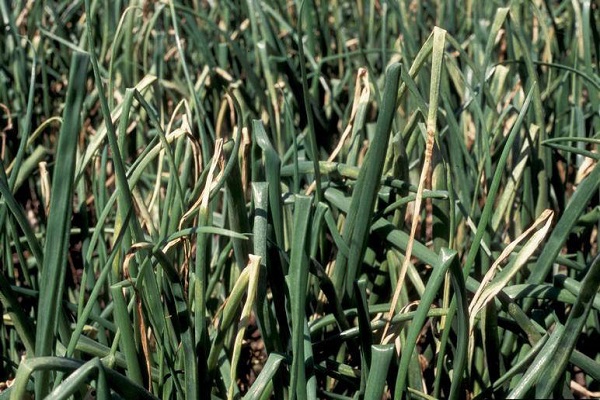
Onion Mosaic is caused by a virus. Light yellow spots appear on green leaves. Over time, the spots grow, feathers begin to curl and dry from the tips. The reason may be a dense planting of plants or an invasion of pests.
Mosaic green onion disease can be treated with folk remedies. Wood ash tincture has proven itself well. In 10 liters of water, 300 g of ash are diluted and boiled for 30 minutes. After the solution has cooled, add 35 ml of liquid soap. The finished composition is sprayed with the green part of the plant.
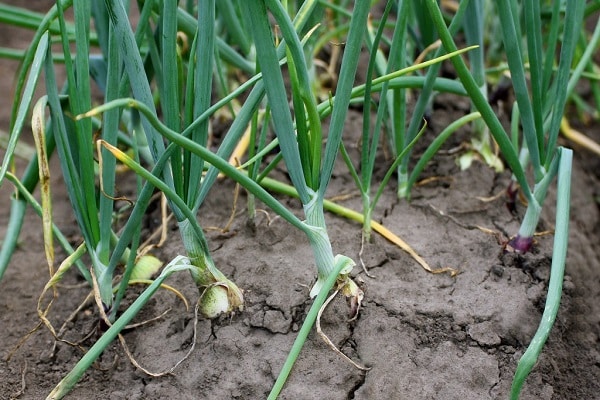
Another fungal disease that affects onions is neck rot. The infection destroys the head of the onion. The neck of the bulb becomes thinner, dries and rots. A gray coating appears, which, as the disease progresses, turns into large black dots. If diseased bulbs are planted the next year, the feathers will be weak, lethargic, pale green with a bloom.
Pests
The main pests of green onions are onion flies or moths, thrips and nematodes. The plant develops slowly, feathers begin to turn yellow and dry, despite proper care and timely feeding.
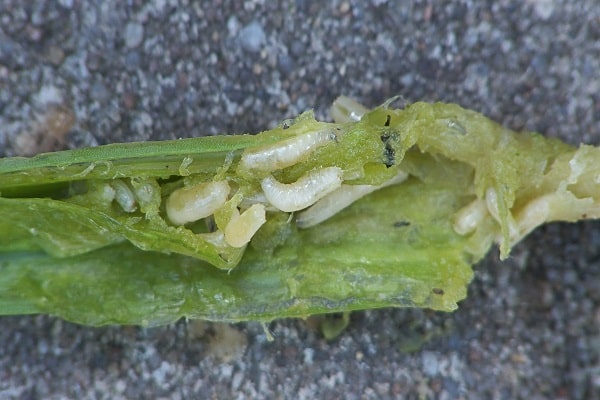
The main methods of pest control include proper soil preparation in the fall. The site is dug deeply, cleared of weeds. Next year, it is advisable to plant other vegetables in this place, for example, carrots, corn, herbs.Control methods:
- In case of a problem, you can water the aisles with saline, avoiding contact with the greenery. Dissolve 20 g of table salt in a bucket of water.
- From time to time, you can sprinkle the beds with a mixture of wood ash, ground pepper and tobacco dust.
- Tincture of tobacco and ground pepper helps. Previously, 300 g of tobacco is poured with water for several days. Pour 5 g of ground pepper and 20 ml of liquid soap into the finished infusion. Before spraying, the concentrate is again diluted with water.

They are very attentive to the preparation of planting material. Seeds or seedlings must first be warmed up and disinfected.
Top dressing
There are many compositions than to feed onions for herbs. It is especially important to fertilize the soil during the period of active feather growth. You can treat the beds with a solution of the drug Agricola 2, Effekton-O, Vegata.
Of great benefit is wood ash, which is sprinkled with aisles. You can prepare an ash infusion. To do this, 200 g of ash is poured with hot water, insisted for a day, and then the beds are watered.
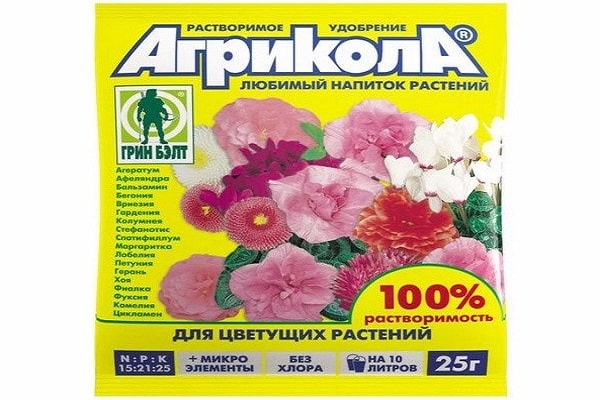
For vigorous growth of greenery, there must be a sufficient nitrogen content in the soil. In order to prevent fungal diseases, the beds with green onions are fed with potassium salt.
The first feeding is carried out after the first thinning. You can make an infusion from cow dung or bird droppings. Organic matter can be replaced with a mineral composition. A mixture of ammonium nitrate, potassium salt and superphosphate is suitable.

The second feeding onions the greens are carried out after another two weeks. Fertilizers based on phosphorus and potassium are suitable. A mixture of 35 g of superphosphate and 15 g of potassium chloride is scattered on the beds where onions grow.
Additional fertilization may be required when pests, diseases and changes in the appearance of plants appear. For example, with a lack of nitrogen, leaves grow slowly, yellow spots appear on them. Phosphorus deficiency is indicated by the appearance of large brown spots.
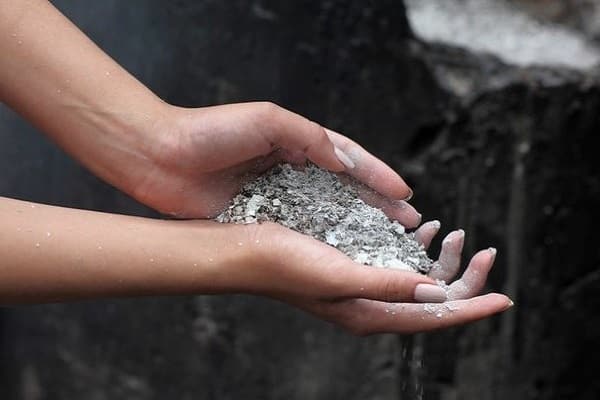
Proper watering
When growing onions on a feather, you need to set the watering mode. Any varieties of onions selected for greens should be watered once every 10. If the weather is dry, the frequency of watering is increased. Watering preferably with warm, settled water early in the morning or in the evening, after sunset. While the feather is growing, it is better to pour water at the root. Water onions for greens you can until harvest.
Too little or too much moisture can cause the green onions in the garden to turn yellow. With a lack of moisture, the soil may become loose, and with an excess, the risk of rotting will increase. What to do in this case? If the reason was a lack of moisture, then you need to resume watering. You can check soil moisture by deepening a wooden stick. If it remains wet by 10 cm, then watering is postponed for 2-3 days. It is best to organize a drip irrigation system; it is also recommended to mulch the soil.
